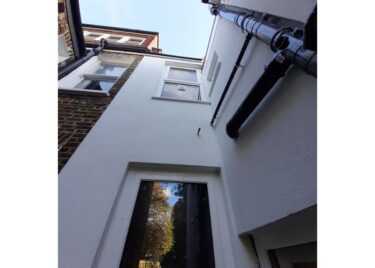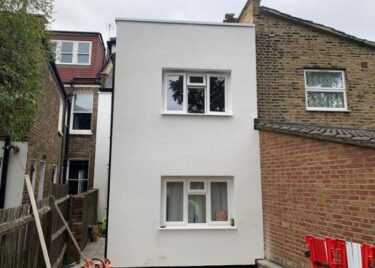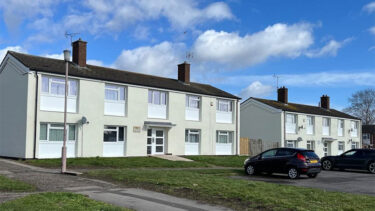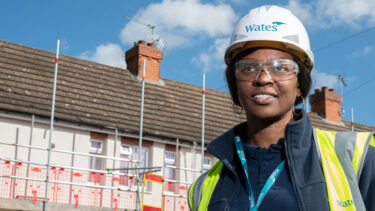A deep retrofit using a multi-measure approach
Energy modeling was completed by Wates PAS 2035 Compliance Partner, Energy Specifics, with a fabric-first approach to first and foremost reduce heat loss. The project embraced multiple measures to reduce energy consumption. Insulation to the thermal envelope was the primary focus but needed to be designed to accommodate multiple fl ats within one property. Insulation installed included a blend of fire safety compliant Rockwool external wall insulation, new windows, and internal wall insulation as well as insulation to the shared, unheated hallway.
A range of additional energy efficiency measures were modelled and reviewed by the team, including energy-efficient windows, PV panels, and energy-saving heating. The team considered upgrades to condensing boilers, infrared heating panels, high heat retention storage heaters, and air-source heat pumps. High-heat retention heaters were selected as a reliable and trusted technology with an improved insulation to improve efficiency, a solution that was chosen to reduce installation disruption to residents.






